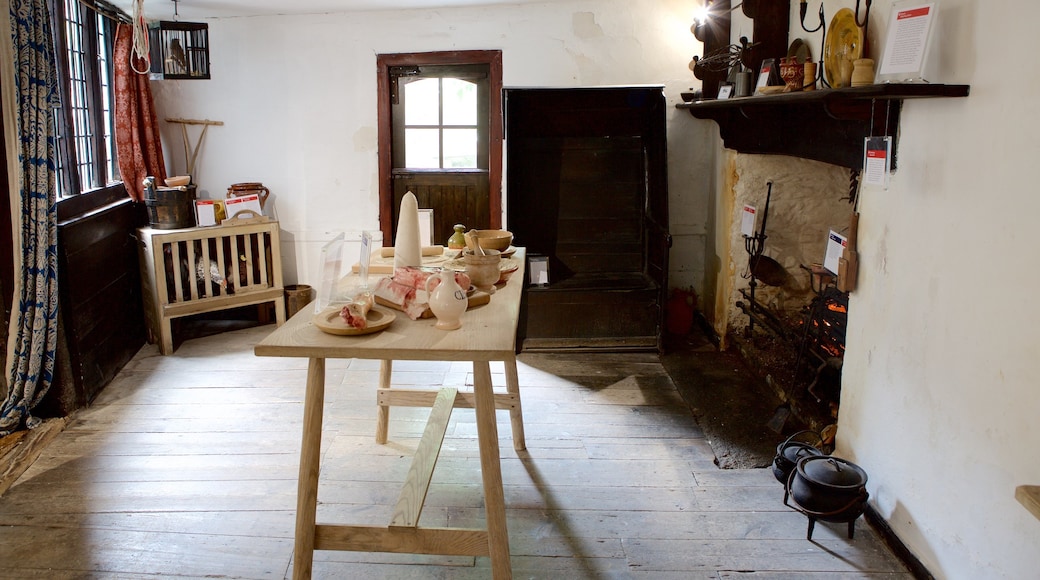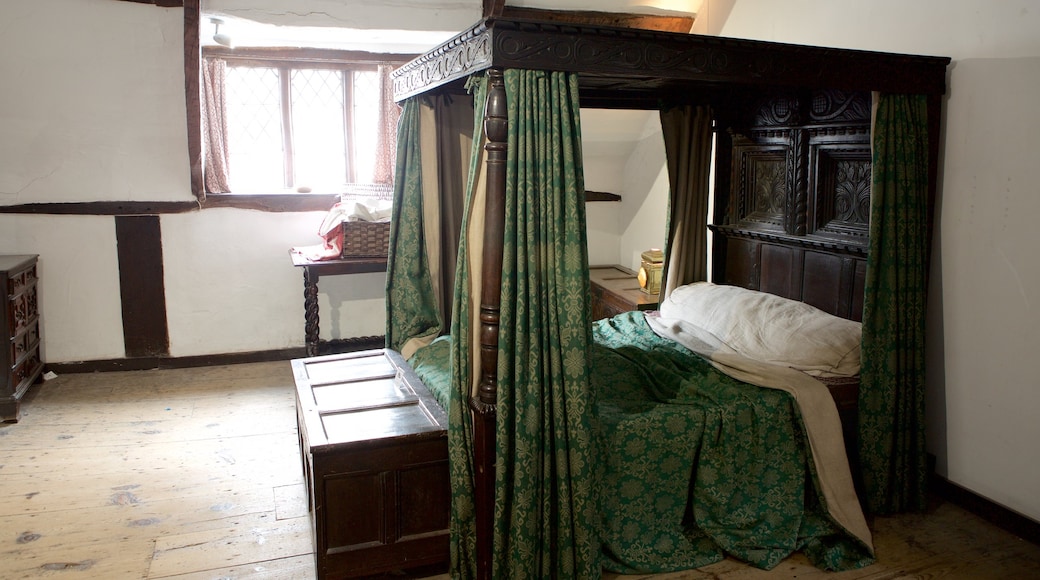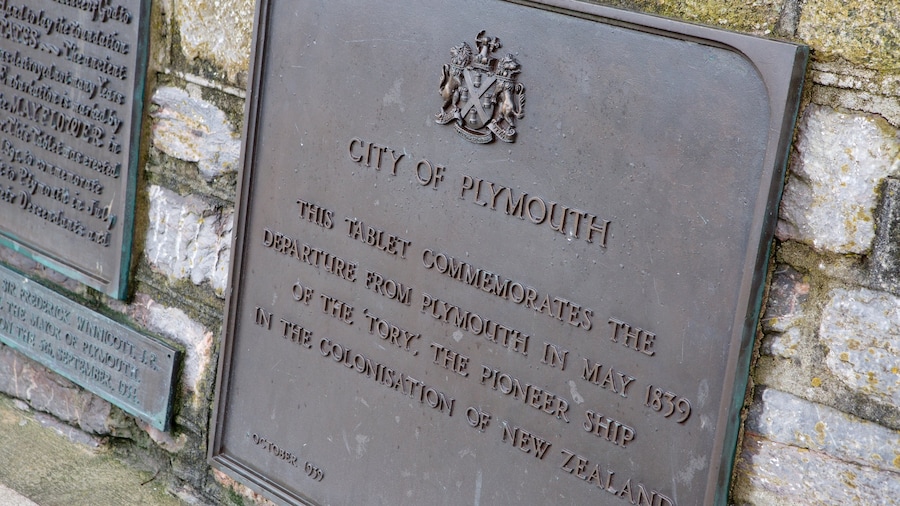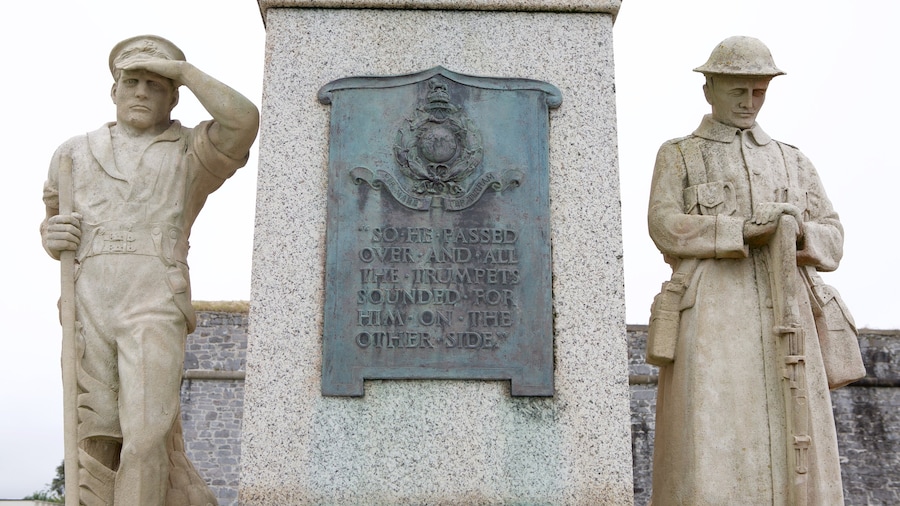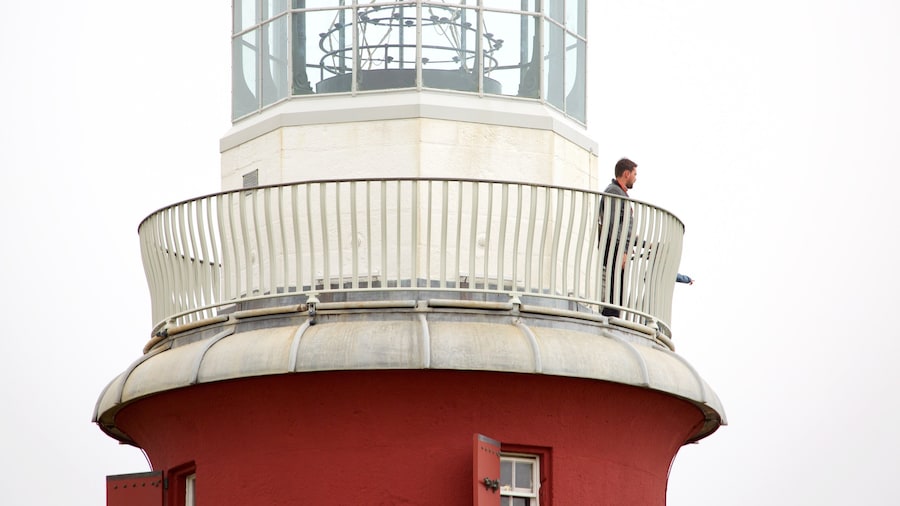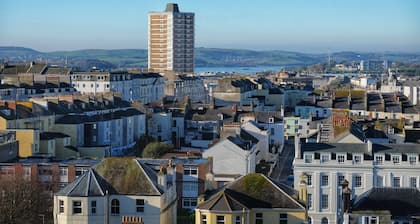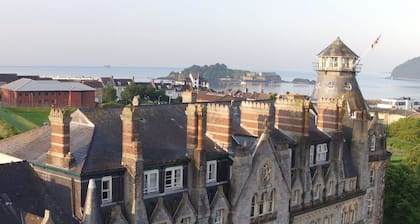Head to Plymouth’s Barbican district to find the Elizabethan House, a relic of the time when Francis Drake lived in the city and one of the few to survive the bombs in World War II. Walk the paneled hallways and spiral staircases and explore the rooms, from the kitchens to the dining rooms.
In the kitchens see cooking utensils and furniture, created using archaeological finds and archival documents. Browse the household inventory of another merchant who lived in the same period. Admire the original fireplace, with its granite-edged hearth and pebble paving.
Wander the cobbled paths of the gardens and breathe in aromas such as lavender, sweet woodruff and thyme. These plants would have been grown by household gardeners during Elizabethan times. See the raised beds and box hedges, each growing flowers, fruits, herbs and vegetables that would have been cultivated in the 17th century. Relax on the stone seats and enjoy the sounds of the Elizabethan fountain.
See the parlor and dining room on the first floor. View many pieces of 17th-century furniture, including tables, chairs, a chest and a side table on loan from the Victoria and Albert Museum. The house’s own collection includes the writing desk and Bible box. Head up the spiral staircase to the second floor and you’ll find the bedrooms, with the remainder of the furniture collection.
The Elizabethan House is only open in the summer, with exact dates confirmed each year. There is a small entrance fee, with concessions available. Find the museum in Plymouth’s Barbican district, which is easily accessible. Walk to the museum from the train station and it will take you around 20 minutes, while walking from the nearest bus stop will take you around a minute. If you are driving, parking is available on the street itself. However you get to the Elizabethan House, once inside you’ll enjoy a fascinating glimpse into Plymouth’s history.
